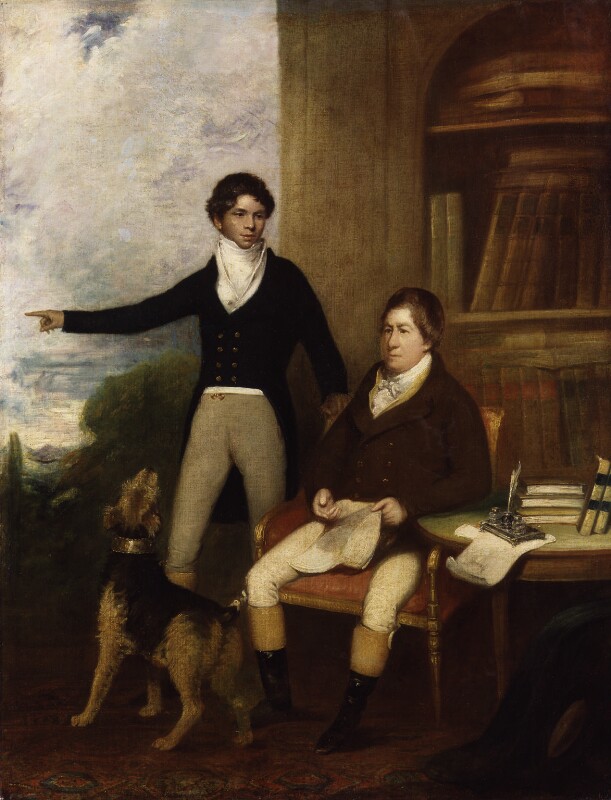History has a new audience nowadays.
Gone are the days of cerebral discussions in conferences, workshops, graduate or post-graduate classrooms and columns of heavy reading in learned journals and literary magazines. History is now available through online streaming services and a vast cross section of non academics now sit down over dinner and make their way through the annals of British history (The Crown, Victoria, The Tudors), colonial history (Beecham House), the great monarchies of the world (Catherine the Great, The Last Tsars) or period dramas (Poldark, Downton Abbey). The more ‘modern’ a country becomes the more it looks back to the past, while the past itself is now a carefully cultivated mythology.
Self-identities, always a complex matter, are now being created by hearkening back to a golden period very different from a muddled chaotic present. History is now a meticulously staged event, recreated through lavish costumes, manor houses , palaces and rolling parklands. For serials set in the Orient, usually India, history is an exotic escapade with the usual props of the lotus and the tiger, the snake and nautch girls, bandits and fair damsels in distress.
Such are the economics of successful historical dramas that an entire ancillary industry develops. During our Downton Abbey phase we bought Downton Abbey calendars, mugs, and signed posters. The commercial puffery works quietly and one doesn’t really stop to consider what we are doing as we hit the pay now button on our screens. History is being commodified through the Poldark and the Downton Abbey tours but we don’t really worry about the money.

Salman Rushdie in his essay “Outside the Whale” had described movies based on Raj nostalgia (Gandhi, A Passage to India, The Jewel in the Crown) as being part of the refurbishment of the Empire’s tarnished image at a time when Britain stood beleaguered under the Thatcher era. Today, caught in the chaos of Brexit, all those who share the cosmos of the British cultural legacy return to bouts of nostalgia through a glut of return-to-the-past TV shows. Many of these shows rework the grand imperial theme albeit through a newly stylised, commercially profitable avatar.
Through continuous representation creeps in a subtle legitimisation, as if colonial history, though condemnable, nevertheless had an aura and grandeur about it.
Indians are complicit in this process. Most post-colonial writers living in the West choose to systematically highlight those concerns which can make a good Booker nomination. To read Jhumpa Lahiri, Amitav Ghosh, Chitra Bannerjee Divakaruni, Neel Mukherjee and even Amit Chaudhuri (to name a few) is to return over and over again to the same themes: diasporic conflict, identity, displacement, disruption in the “margins” and the “centre” . Perhaps these novels, legitimised by their Booker shortlistings, conform to what the Booker still wants — Britain as the legitimising centre of cultural work. And so a re-hashing of the familiar themes!
For those of us who live and work in India without the comforting security of summer sabbaticals and writing retreats to Europe and America, our daily problems are very different from what these writers articulate.
Park Street in Calcutta is not the hallowed haven of partying and Flury’s cakes that diasporic Indians still remember fondly; it is a road chock full of traffic with jaywalkers, Uber cabs and a Kolkata Police sergeant looming up with traffic tickets as we struggle to reach a pathology for a blood test.
The old bungalows of the 50s and 60s mean nothing to us for we are caught up in the privations of daily life, paying hefty municipal taxes for living in them, trying to keep the road in front of our house free of street hawkers who are politically patronised, wondering whether the garbage vat will be cleaned, negotiating broken pavements and unruly cab drivers — an endless cycle of errands and duties in a city where civic systems have been eroded over the years.
Doubtless those who live in other Indian cities face the same.
And yet, like a Wes Anderson movie, such real lived experiences are never described in the works of these writers. Caught in the moment of rupture sometime in the 70s, 80s or 90s they create worlds of post-colonial exotic in much the same way as the makers of Victoria and Downton Abbey create mellow worlds of escape.








